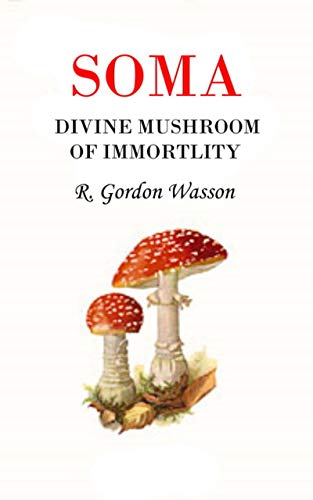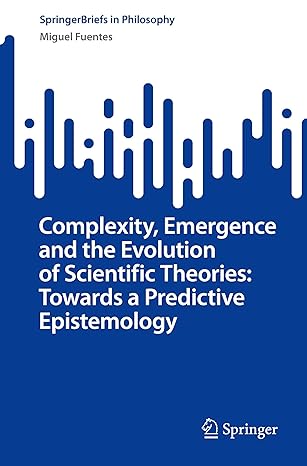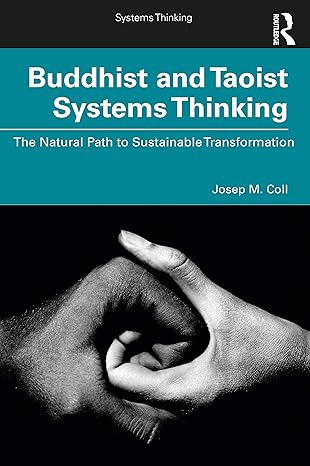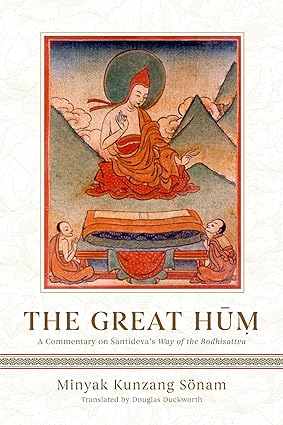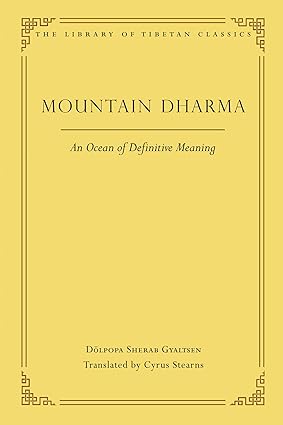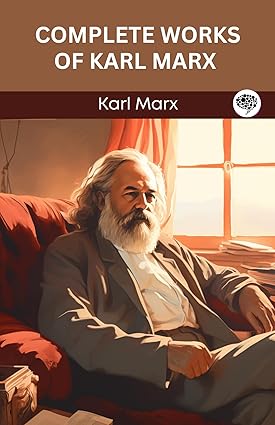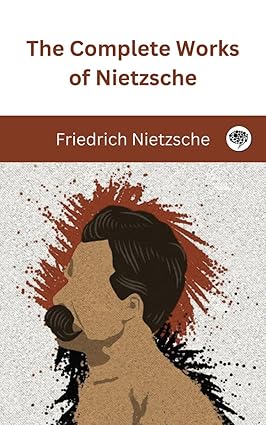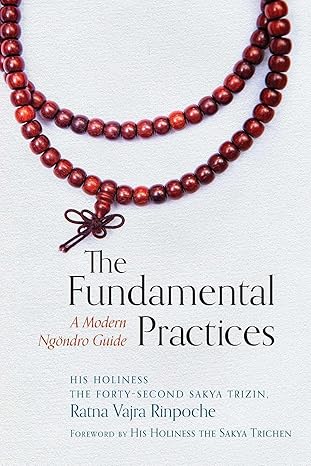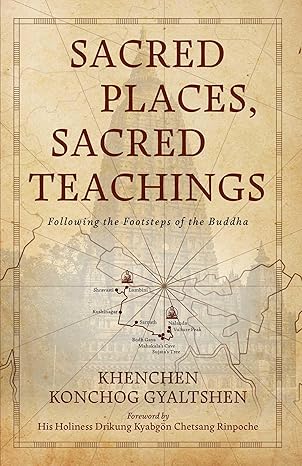One of the key enigmas of cultural history has been the identity of a sacred plant called Soma in the ancient Rig Veda of India. Mr. Wasson has aroused considerable attention in learned circles and beyond by advancing and documenting the thesis that Soma was a hallucinogenic mushroom - none other than the Amanita muscaria, the fly-agaric that until recent times was the centre of shamanic rites among the Siberian and Uralic tribesmen. In his presentation he throws fascinating light on the role of mushrooms in religious ritual. A section on the post-Vedic history of Soma is contributed by the Sanskrit scholar Wendy Doniger O'Flaherty.
Brian C. Muraresku in his best selling book, The Immortality Key: The Secret History Of The Religion With No Name, used Robert Gordon Wassons work: Soma The Divine Mushroom Of Immortality as one of his research tools. Brian C. Muraresku's book features a brilliant Foreword by Graham Hancock, the New York Times bestselling author of America Before: The Key to Earth's Lost Civilization.
Amanita muscaria or the Fly Agaric is not a well-known mushroom based on its scientific name or common name. Yet, the picture on the left, of this mushroom, will probably be familiar to the reader. In recent time, it is the mushroom that has been adopted as the “prototype” mushroom in western cultures. Its image can be seen in Christmas and greeting cards, children's stories, science fiction and fantasy illustrations, and in mushroom models. There has even been a great deal made of its connections with Christmas, but probably too much has been made of this connection and different interpretations of this theory is available. However, it is more than just a “pretty mushroom”. It is a species that is thought to have had tremendous impact on some of today’s cultures for at least four thousand years and has been thought by some to be at the root of the origin of some of today’s religions. In 1968, Gordon Wasson put forth the concept that this mushroom was the “plant” that was referred to as Soma, in his now much cited “Soma, Divine Mushroom of Immortality”. Wasson believed Soma was the mushroom that was utilized in religious ceremonies, over 4000 years ago, before the beginning of our Christian era, by the people who called themselves “Aryans”. Wasson also believed the hallucinogenic properties of the A. muscaria to be the cause of the “ecstasy” described in the Rig Veda, the holy book of the Hindu.
چکیده فارسی
یکی از معماهای کلیدی تاریخ فرهنگی، هویت گیاهی مقدس به نام سوما در ریگ ودای باستانی هند بوده است. آقای واسون با پیشبرد و مستندسازی این تز که سوما یک قارچ توهم زا است توجه قابل توجهی را در محافل علمی و فراتر از آن برانگیخت - چیزی جز Amanita muscaria، مگس آگاریک که تا زمان های اخیر مرکز آیین های شمن در میان سیبری ها و سیبری ها بود. قبایل اورالیک او در سخنرانی خود به نقش قارچ در مراسم مذهبی اشاره می کند. بخشی از تاریخ سوما پس از ودایی توسط محقق سانسکریت وندی دونیگر اوفلاهرتی ارائه شده است.
برایان سی مورارسکو در کتاب پرفروش خود، کلید جاودانگی: تاریخ مخفی دین بدون نام، از اثر رابرت گوردون واسون: سوما، قارچ الهی جاودانگی به عنوان یکی از ابزارهای تحقیقاتی خود استفاده کرد. کتاب برایان سی مورارسکو دارای پیشگفتاری درخشان از گراهام هنکاک، نویسنده پرفروش نیویورک تایمز از آمریکا قبل: کلید تمدن گمشده زمین است.
Amanita muscaria یا Fly Agaric یک قارچ شناخته شده بر اساس نام علمی یا نام رایج آن نیست. با این حال، تصویر سمت چپ، از این قارچ، احتمالا برای خواننده آشنا خواهد بود. در زمان اخیر، این قارچ است که به عنوان قارچ "نمونه اولیه" در فرهنگ های غربی پذیرفته شده است. تصویر آن را می توان در کریسمس و کارت های تبریک، داستان های کودکان، تصاویر علمی تخیلی و فانتزی و در مدل های قارچی مشاهده کرد. حتی ارتباط زیادی با کریسمس انجام شده است، اما احتمالاً بیش از حد از این ارتباط استفاده شده است و تفسیرهای مختلفی از این نظریه در دسترس است. با این حال، این چیزی بیش از یک "قارچ زیبا" است. این گونهای است که تصور میشود حداقل برای چهار هزار سال تأثیر شگرفی بر برخی از فرهنگهای امروزی داشته است و برخی تصور میکنند که ریشه منشأ برخی از ادیان امروزی است. در سال 1968، گوردون واسون این مفهوم را مطرح کرد که این قارچ "گیاهی" است که از آن به عنوان سوما یاد می شود، در کتاب "سوما، قارچ الهی جاودانگی" که امروزه بسیار مورد اشاره قرار می گیرد. واسون معتقد بود سوما قارچی است که بیش از 4000 سال پیش، قبل از آغاز دوران مسیحیت، توسط مردمی که خود را "آریایی" می نامیدند، در مراسم مذهبی استفاده می شد. واسون همچنین معتقد بود که خواص توهم زایی A. muscaria عامل "خلسه" توصیف شده در Rig Veda، کتاب مقدس هندوها است.
ادامه ...
بستن ...
